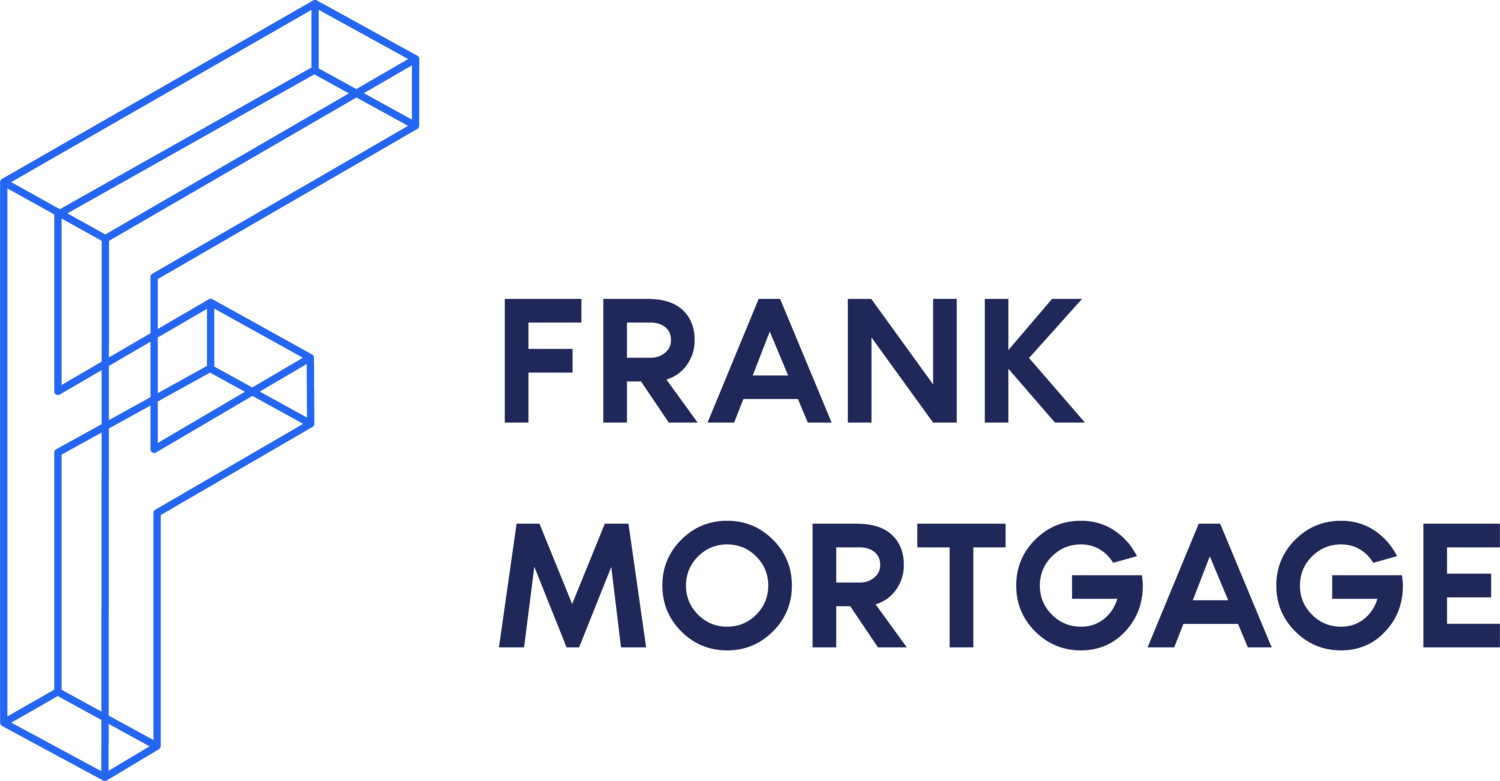Canada’s banking regulator OSFI to cap mortgages to highly indebted borrowers
EXCLUSIVE
Canada’s banking regulator is limiting the number of highly leveraged loans in the banks’ residential mortgage portfolios, which have ballooned alongside rising prices to make Canadian borrowers among the most highly indebted in the world.
The Office of the Superintendent of Financial Institutions (OSFI) has told lenders they will have to limit the number of mortgages that exceed 4.5 times the borrower’s annual income, according to three sources familiar with the matter. The Globe and Mail is not identifying the sources because they are not authorized to speak publicly about the measures.
The new income limit comes on top of existing mortgage qualification rules, including the federal stress test that requires borrowers to be able to pay their mortgages if interest rates are two percentage points higher than the negotiated rate.
Banks will be allowed to exceed this new income ratio for some clients, the sources said, creating scope for relief for borrowers in expensive cities such as Toronto and Vancouver. But the lenders will be subject to caps on their mortgage loans that will limit the number they can offer above 4.5 times income, which is also known as a loan-to-income (LTI) ratio of 450 per cent.
‘It will not be missed:’ Ottawa cancels first-time homebuyer incentive
As the spring home buying season begins, what’s the outlook for mortgage rates?
The new rule will only apply to new mortgages and not to existing loans or to loans that come up for renewal, according to a summary of the measures reviewed by The Globe. And it is expected to take effect in the first quarter of next year. That means it will not immediately dampen the country’s real estate market, in which sales and prices have started to increase after last year’s downturn.
The rule will be applied differently from the mortgage stress test, according to an e-mailed statement from OSFI. It applies to the lending portfolios at the banks and is not a specific limit for borrowers. Lenders will be required to limit the percentage of the mortgages that exceed an LTI ratio of 450 per cent.
By comparison, the stress test is applied to the borrower.
“The LTI measure we are implementing is a portfolio test that is designed to prevent the buildup of highly leveraged loans during low interest rate periods,” OSFI spokesperson Shane Diaczuk said in the statement.
The new rule will nonetheless make it even harder for some borrowers to get a large enough mortgage to purchase a property at a time when it is already difficult for borrowers to qualify for a mortgage because of the federal stress test and higher interest rates.
However, the percentage of highly leveraged borrowers has dropped significantly since the peak of the COVID-19 pandemic’s real estate boom in early 2022. The share of new mortgages with a LTI ratio above 450 per cent was 12 per cent in the last quarter of 2023, a drop from 26 per cent in the first quarter of 2022, according to data from the Bank of Canada.
Prospective homebuyers will start to feel the impact next year and will likely have fewer options available as mortgage rules are strengthened.
“It is going to limit borrower options especially for bigger ticket items,” said Don Scott, chief executive of Frank Mortgage, which brokers residential loans and works with about 20 lenders. Mr. Scott said this could push more borrowers to private lenders, which are not as heavily regulated as the banks and do not have to administer the mortgage stress test, though those lenders charge higher interest rates.
A spokesperson for the banks’ lobby group, the Canadian Bankers Association, said the industry is still assessing the impact of the planned new policy.
“Banks in Canada have a long history of working with their customers to keep their mortgages in good standing. Understanding their customers and adapting to their changing circumstances is a top priority,” Maggie Cheung said in an e-mailed statement.
OSFI is concerned that borrowers who take out mortgages that are greater than 4.5 times their annual incomes are more likely to default on their loan payments if they lose their jobs or are suddenly required to pay higher interest rates.
Banks currently do not have a limit on the number of high LTI loans they can have on their books. But in Toronto and Vancouver, prospective homebuyers often have to borrow more than 4.5 times their income to buy a property.
Cracks in the mortgage market started to appear when the Bank of Canada ratcheted up interest rates beginning in 2022. And in January, 2023, OSFI floated a plan to limit these loans. At the time, the bank regulator contemplated a cap of 25 percent of a lender’s new loans every quarter, but no further details were announced.
According to a summary of the new measures reviewed by The Globe, OSFI has told lenders that all loans secured against a property will be included in their LTI calculation. That includes a second mortgage from another lender and home equity lines of credit.
The new rule would not apply to insured loans for which the borrower has to pay for mortgage insurance because their down payment is less than 20 percent of the property’s purchase price. That is because the insurer will protect the bank and make the loan payments if the borrower defaults on their monthly mortgage payment.
OSFI will assess each bank’s loans above the 4.5 times threshold on a quarterly basis. That cap will be based on the number of individual loans and not the outstanding loan amount.
Two of the sources told The Globe the percentage of each bank’s portfolio that can be above the LTI threshold will be set individually for each bank, based on the historical makeup of their mortgage portfolio.
OSFI said that after consulting with the industry, the regulator opted for an approach that considered the individual business models of each financial institution.
“We are being very proportionate in the way we are rolling out the measure,” Mr. Diaczuk said. “This institution specific portfolio limit will not bind any one institution’s underwriting method, under the current rate environment. This approach allows institutions to continue competing in the same way they have been in the past on a relative basis.”
About The Author

Don Scott
Don Scott is the founder of a challenger mortgage brokerage that is focused on improving access to mortgages. We can eliminate traditional biases and market restrictions through the use of technology to deliver a mortgage experience focused on the customer. Frankly, getting a mortgage doesn't have to be stressful.
Related Posts






